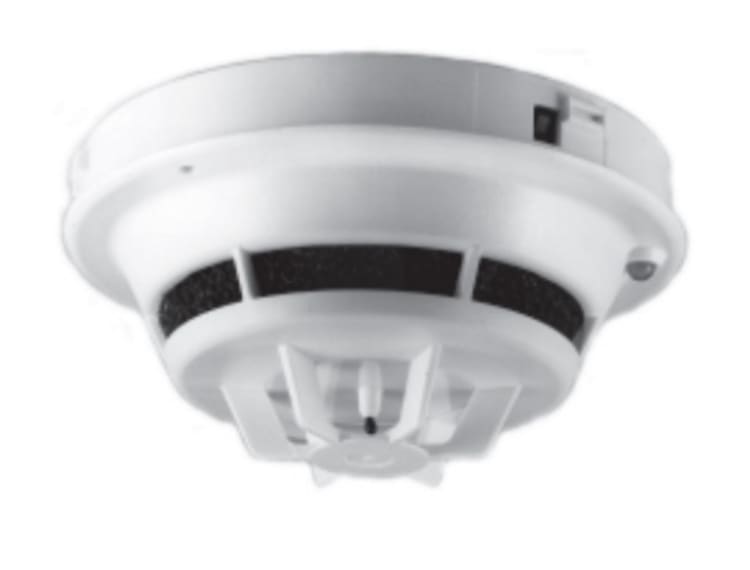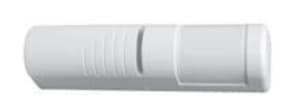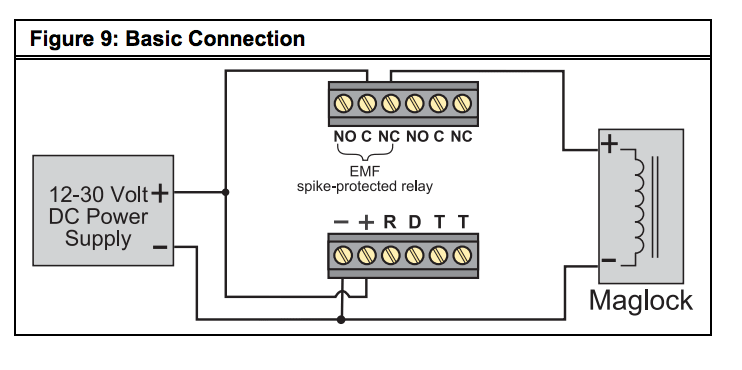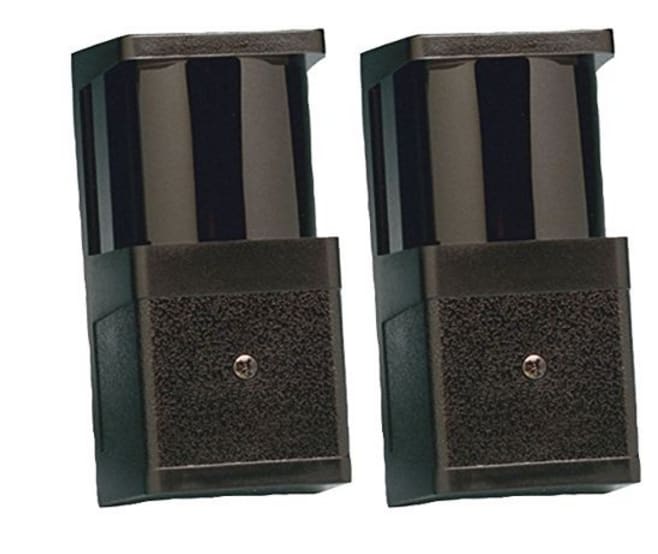You wouldn't normally think of sensors when looking at offices. But on closer look there are more sensors than you think - especially as IoT moves towards offices and the rise of secure IoT allows for more affordable and real proof of concepts, many offices automate, streamline and control their facilities using sensor technology.
1. Occupancy sensors
2. Window sensors
3. Carbon monoxide sensors
4. Smoke / fire detectors
5. Motion sensors
6. Door contact sensors
7. Infrared sensors
Occupancy sensors #
Office Occupancy Sensor
Most certainly you've seen those little helpers on the ceiling-mounted in a seemingly random distributed pattern.
Companies like Leviton provide occupancy sensors in all forms and sizes. Since they measure occupancy but also vacancy their data is critical to not only inform when to automatically turn on the lights but also to inform the heating ventilation and cooling system (HVAC) where supply is needed.
Kisi's opinion: Occupancy sensors are typically used more in corporate environments but with further IoT developments might make their way into every office shortly!
Window sensor #
Something many companies don't know about but relatively easy to install and prevent break-ins are window sensors. Here is a very simple example by GE - basically it starts beeping when the window is opened. This quickly moves into being an alarm system, however this mostly doesn't prevent break-ins. What is a really amazing choice are window glass break sensors like this one from Honeywell.
Alarms can go off all the time and after a while you don't pay attention anymore - but if the window breaks, you want to be alerted at any hour of the day.
Kisi's opinion: Don't fall for the expensive alarm system option. Standalone glass break detectors are an amazing choice.
Smoke and Fire #

You might know those from your own apartment and on the commercial level, the sensor input is no different. The only big difference is that the fire system is centrally connected, there are fire alerts across the facility and when one smoke detector takes off, the entire facility is on a fire alarm.
One unique thing about commercial fire alarms is that they are connected to the access control. At Kisi we often work with Bosch Fire Panels - when triggered they get doors into emergency status.
This often means the main doors unlock so people can run out but security sensitive doors like the IT room door stays locked even during a fire emergency.
Kisi's opinion: Your building should have a fire alarm system in place. If you are a small office with a kitchen, get a good fire detector to get this topic checked off. For larger offices look into Bosch fire panels. Since this is a huge legal obligation for some companies, there are tons of things to consider if you want to go pro on fire alarms. check it here
Carbon Monoxide #
Closely related but not necessarily the same as the fire detectors which typically are smoke alarm detectors, are the carbon monoxide sensors. In residential those are two separate products but for many commercial applications carbon monoxide detection is integrated into the regular fire alarm sensor.

Kisi's opinion: When your system gets designed, make sure they use "multi sensor detectors" such as the Siemens FP-11.
Motion Sensor - Request to Exit Sensor #
Motion sensors are similar as occupancy sensors but used a little different. That's why they often come in a unique design and have a bit shorter range - their use is to trigger the door to unlock when you approach it from inside an office. Think about your glass door that is locked and doesn't have a mechanical lock. When you walk up to it from inside the office, how does it know to unlock? That's because over the door frame on the inside of the door you have a motion sensor. To be able to have doors unlock from the inside is a critical security requirement for emergency procedures.



Kisi's opinion: Often alternatives to motion sensors are push to exit buttons which are manual in operation. Even if you save a couple of dollars, it's not worth it to force everyone push a button to exit the door - you'll regret it!
Door Contact Sensors #
Technically there is no difference of door contact sensors to window sensors. Typically door contact sensors serve a different function though:
- They are monitoring if a door is open or closed. If the door stays open it triggers a door left open alarm.
- If the door is open they send the signal to the access control and that in return checks if someone unlocked the door
- If the door opens without an authorized unlock - that is triggering a "forced open" alarm
Kisi's opinion: For offices the ADT type of alarms don't get you the level of insight for offices you'd need. When someone leaves the door open, you don't want them to call the police or trigger the alarm for the office, so be careful with affordable alarm providers that don't increase your office productivity and security.
Infrared Sensors #
In addition to a regular motion sensor, you might want to install an Infrared (IR) beam detector. It is a very similar system that you know from retail stores. They use those sensors for counting or tracking how many people go in and out. When or before an alarm is triggered the system could check if someone really walked through or really didn't walk through.

Kisi's opinion: Often overlooked, simple and efficient way to cross-check with your alarm system. If you go for a dual or double IR beam sensor, it can even count how many people come in and out.

